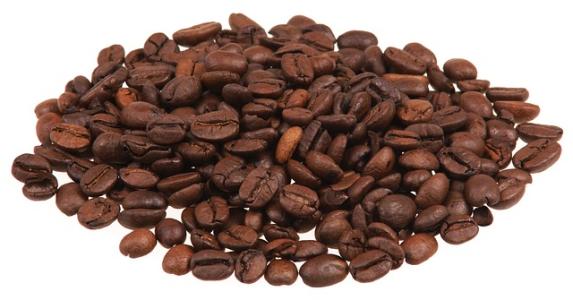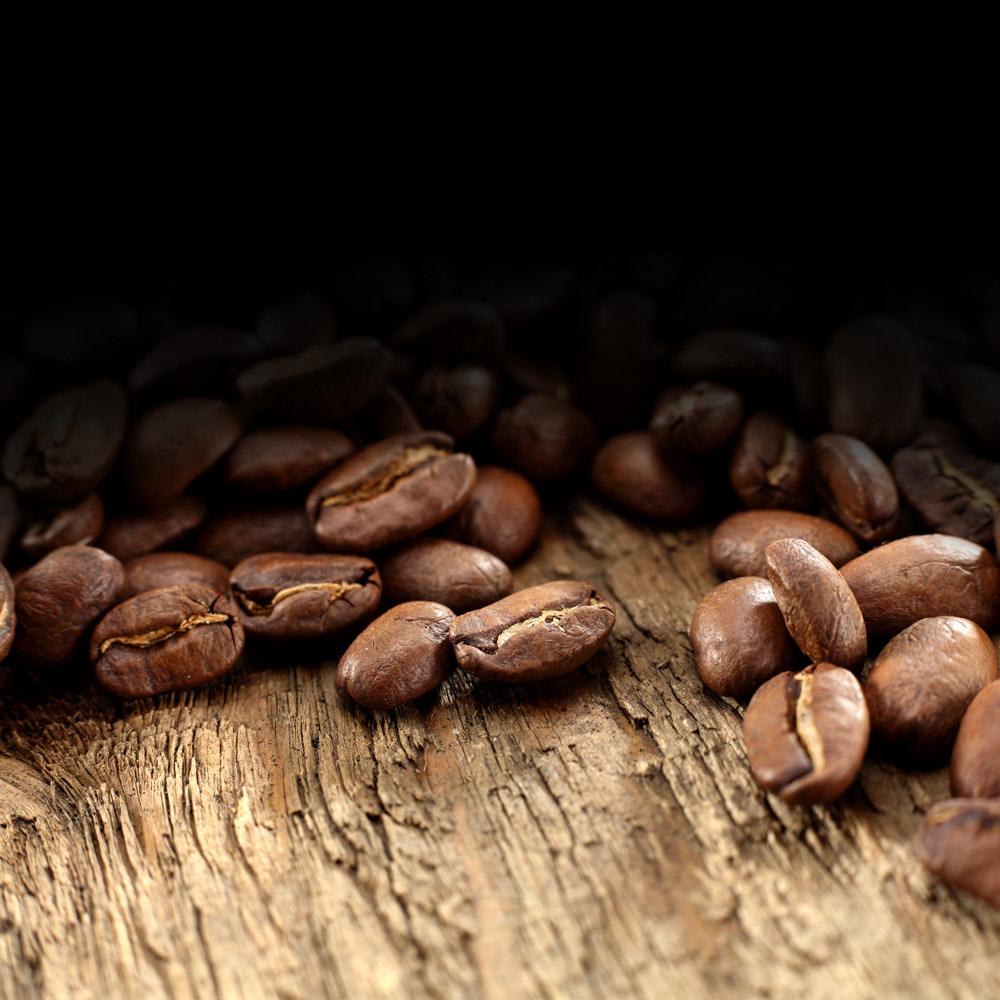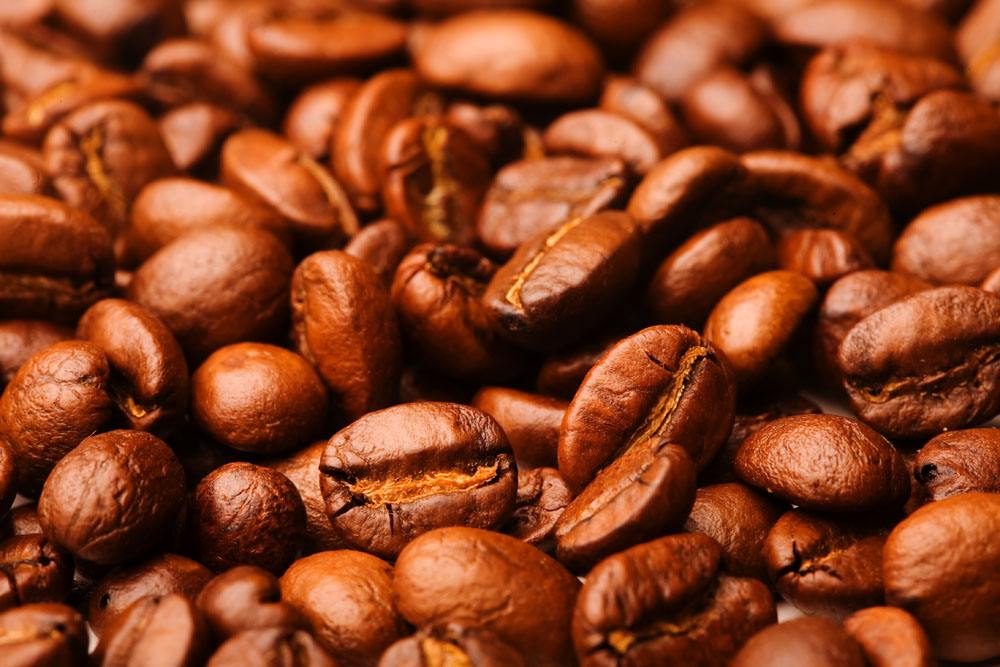The aroma of Rosa coffee beans, the birthplace of taste and flavor of Rosa coffee
Follow the caf é (Wechat official account vdailycom) and found that Beautiful Cafe opened a small shop of its own.
Rose summer coffee
Place of origin: Ethiopian color: turquoise features: flower aroma, tropical fruit, strong sweetness

Rosesia is a very rare coffee variety, which has caused a sensation among coffee connoisseurs around the world over the past five years. It is considered to be the brightest, richest and most fragrant coffee variety.
Rose is full of sweetness and cleanliness on the palate, with rich aromas ranging from berry and citrus to mango, papaya and peach. A very obvious lemon (bergamot) general aftertaste is also a typical cup test attribute. So far, Rose Summer has been the champion of coffee varieties. [cup test evaluation] moderate alcohol thickness, sweet, multi-layered tropical fruit flavor, rose type aroma, aftertaste.
In 1931, the species of Geisha was found in the Rosa Forest, located in Ethiopia and sent to Kenya's top coffee research institute; in 1936, Rosa coffee was introduced to Uganda and Tanzania; and in 1953, Costa Rica began to introduce the coffee. Finally, in the 1970s, Mr. Francesca Zelazin of the Dongba Seventh Farm in Panama received seeds from CATIE in Costa Rica and began growing Rosa Summer Coffee, which was hard to come by because of its extremely low production and bidding.
In 1931, it was obscure from Mount Rosa in southwestern Ethiopia to Kenya, Tanzania and Costa Rica, and it was only transplanted to Panama in the 1960s, and it took nearly half a century before it suddenly became a blockbuster. Beat the victorious varieties in coffee, such as Bourbon, Kaddura, Kaduai and Tibica, and won the first prize of the 2005, 2006 and 2007 Panama Bean Cup Test Competition. In 2007, the International famous Bean Cup Test sponsored by the American Fine Coffee Association (SCAA) won the championship again, and the bidding price was sold at US $130 per pound, setting a record for the highest price in the history of competition beans.
It is reported that the later Panamanian national treasure bean competition will be divided into two groups: Rose Summer and non-Rose Summer, so as not to be robbed of the brilliance of other varieties by Rose Summer. Rosa is a member of the Tibika family, but it became famous more than 70 years after leaving Ethiopia, and fulfilled the saying that Ethiopia is a treasure trove of Arabica genes. Giving a variety to go abroad is enough to stir up trouble in the coffee market.
For a long time before, top coffee was mostly identified as following Japan, while Rose Summer swept through the coffee world with hurricane power, and the coffee revolution was fierce. Once occupied the throne of the coffee kingdom for a long time, the Blue Mountains of Jamaica and Kona of Hawaii also had to back off.
Rose summer coffee beans
Panamanian rose grows from 1500 meters to 1650 meters above sea level, and has a unique flavor because of its unique growing environment:
Rosa coffee raw beans have a jade-like warm texture, have a very beautiful blue-green color, smell fresh grass, peach, berry and oolong tea sweet smell that most coffee beans do not have, but the light tea fragrance is also intriguing.
Roasted cooked beans, there will be some "wrinkles" on the surface, with these "wrinkles" coffee beans are to highlight its original taste and fruit acid, if the quality of the raw bean itself is not high, it will have some miscellaneous flavors, such as turbid soil flavor, withered grass flavor and dry taste, which roasters should try to avoid. Roasted Rosa coffee beans have fresh lemon and citrus aromas and sweet honey cream flavor.
In order to highlight the characteristics and aroma of this kind of coffee beans, the baking degree is on the verge of second explosion, and two explosions and one sound are more commonly used roasting degrees, which can give play to the characteristics of beans themselves, and shallow roasting will produce miscellaneous odors. too deep roasting will lose flower aroma and fruit acidity, so the depth of roasting should be adjusted according to the characteristics of coffee beans.
The aroma of flowers and the intense sweetness of tropical fruits; these are the consistent characteristics of Rosa Coffee. With proper baking, they feel like sipping the fragrance of a bouquet of flowers.
Dry aroma: rose summer has bright dry aromas, with aromas of rose and jasmine, honey pomelo and citrus, nutty when lightly baked, (magnolia, tulips) and other flowers, milk tea, black sugar, and more advanced champagne.
Wet fragrance: also has the wet aroma of orange, but also the emergence of more floral aroma. In terms of taste, the early stage is slightly mild and subtle compared with the bright dry aroma, full-bodied caramel flavor, after cooling a little, the flower and fruit aroma gradually increases with the drop of temperature, (sweet preserved fruit, rose fruit, orange glaze jam, strawberry jam, apricot, cherry, hint of pine, vanilla, rose gradually fade, finally lemon flavor can be derived) the cold fragrance is excellent. The sweetness of the aftertaste, especially in the case of light roasting, is a test of the brightness of this coffee.
Sipping: rich Lishan special tea flavor, good oil quality, with the astringency of high-grade liquor, the lower the temperature, the more delicate the acidity, but instantly into a delicate and smooth Body filled in the mouth. The sweetness and spice of the candy echoes, accompanied by the aroma of flowers, with a lingering floral finish, sweet fruit and body.
Important Notice :
前街咖啡 FrontStreet Coffee has moved to new addredd:
FrontStreet Coffee Address: 315,Donghua East Road,GuangZhou
Tel:020 38364473
- Prev

The Historical Origin and characteristics of Rosa Coffee
Follow the caf é (official Wechat account vdailycom) and find that Beautiful Cafe has opened a small shop of its own. In 1931, it was obscure exported to Kenya from Geisha Mountain Mountain in southwestern Ethiopia (which happens to be synonymous with Japanese geisha), wandered to Tanzania and Costa Rica, and then transplanted to Panama in the 1960s, and then survived for nearly half a century.
- Next

Introduction to Ethiopian Sidama Coffee, Taste of Ethiopian Sidama Coffee
Ethiopia has two of the best producing areas, Yega Shefi and Sidama, among which Sidama is located in a plateau area in the south of Ethiopia. Sidama has balanced acid and proper consistency. In Ethiopia, people usually have a cup of mocha coffee for breakfast.
Related
- Detailed explanation of Jadeite planting Land in Panamanian Jadeite Manor introduction to the grading system of Jadeite competitive bidding, Red bid, Green bid and Rose Summer
- Story of Coffee planting in Brenka region of Costa Rica Stonehenge Manor anaerobic heavy honey treatment of flavor mouth
- What's on the barrel of Blue Mountain Coffee beans?
- Can American coffee also pull flowers? How to use hot American style to pull out a good-looking pattern?
- Can you make a cold extract with coffee beans? What is the right proportion for cold-extracted coffee formula?
- Indonesian PWN Gold Mandrine Coffee Origin Features Flavor How to Chong? Mandolin coffee is American.
- A brief introduction to the flavor characteristics of Brazilian yellow bourbon coffee beans
- What is the effect of different water quality on the flavor of cold-extracted coffee? What kind of water is best for brewing coffee?
- Why do you think of Rose Summer whenever you mention Panamanian coffee?
- Introduction to the characteristics of authentic blue mountain coffee bean producing areas? What is the CIB Coffee Authority in Jamaica?

